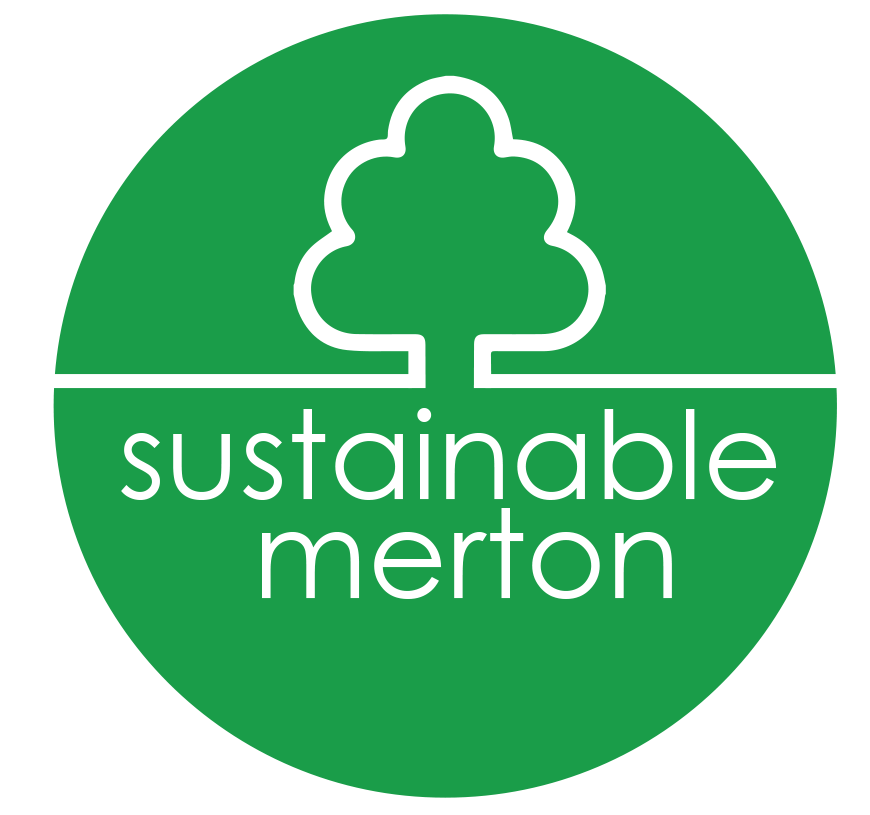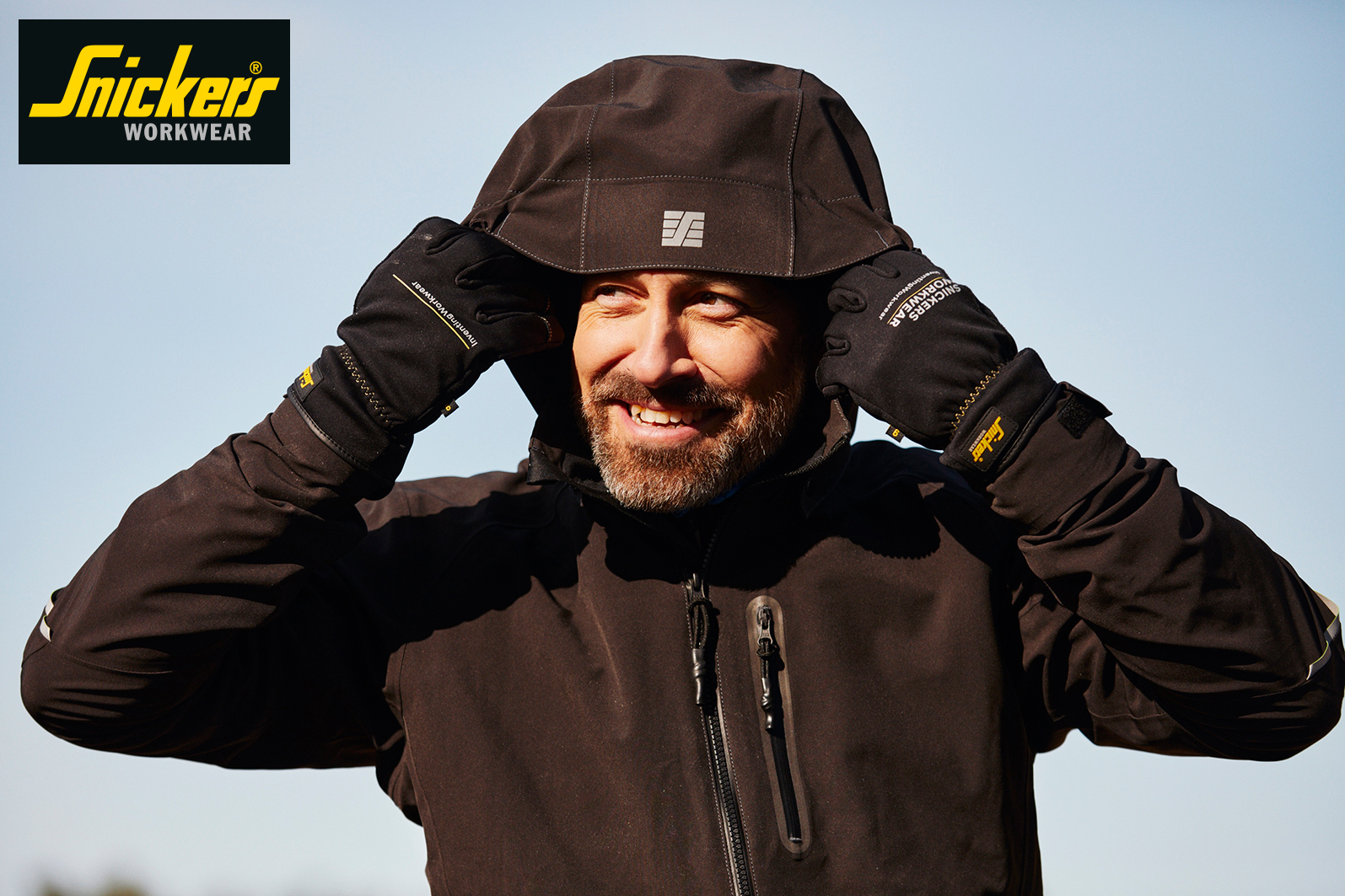When an employee enters a confined space to carry out works or inspections, how can you be sure they will come out alive and well? As fall protection specialist, Alfonso Fernandez of MSA stresses, positive outcomes for workers inside that space depend on organisations thinking outside the box.
Little room for error
In what is potentially one of the most high-risk scenarios an individual can face at work, there is – literally – little room for error. Its dangers go way beyond the obvious, with a wide variety of conditions and factors at play – and many a surprise awaiting the unprepared. Selecting the right fall protection PPE (personal protective equipment) to address every eventuality is vital. So is planning for every type of emergency.
Falling from a height is already well established as industry’s biggest cause of fatal accidents for workers. In the UK alone, there were 35 such deaths in 2020/21, accounting for a quarter of all fatalities at work.1 Falling within a confined space adds extra dimensions to that hazard.
European statistics for fatal injuries specifically involving work in confined spaces are less readily available but reports from the United States give some sense of the risk. One of these gives a nationwide figure of 1,030 deaths between 2011 and 2018. Amongst these, 156 were due to falls.2
While fall protection is the focus of this article, there are many other confined space entry (CSE) hazards from which workers need to be protected. Along with the necessary PPE, working in this environment requires robust safety protocols, checks and emergency plans. Importantly, these apply not only to those entering confined spaces but to those supporting them from outside and, in the event of an accident, carrying out rescues.
Confined spaces and their hazards
A confined space in this context can be described as one which is fully or partially enclosed, large enough for a worker to enter, but not designed for continuous occupation. It has limited means of entry and exit, and its nature is such that serious injury due to conditions or substances present is a foreseeable risk.
An archetypal example of confined space entry is the manhole through which workers access an underground sewer. However, there are many other examples, such as chambers, tanks, pits, tunnels, pipes, shafts and ducts. They are found everywhere, from water and sewage systems to mines, manufacturing plants and all types of building.
In addition to falling, workers can be struck by objects or bump into walls and obstacles. Depending on the space’s location and use, they may suffer from oxygen deficiency or be overcome by toxic or suffocating gases and vapours. In some cases, there are risks of drowning in liquid or being buried by solid materials. Hazardous chemicals, fires and explosions, as well as extremes of heat or cold, are further possibilities.
These are all hazards and workplaces with which MSA is very familiar, and for which the company provides a full range of PPE products.
Fall protection kit for CSE
A fall protection kit for confined space entry contains equipment for two main purposes:
1) arresting falls;
2) rescuing someone who has fallen or is in some other way injured.
PPE users, suppliers and legislators seem to give less attention to the second aspect than the first. This is worrying, as survival in the event of an accident depends on forward thinking, a clear rescue plan and a fully trained and equipped team.
The kit starts with an anchor – usually a tripod or davit – to which lifelines and other safety devices can be firmly attached. These will include a fall arrest system, whose braking limits the distance and speed of falling. A self-retracting lifeline (SRL) is often used for this.
If a worker needs to be lowered into and out of the space instead of climbing, a winch is needed. The winch will also be employed for rescue if a worker falls. Alternatively, the team can use a product known as a ‘rescuer’, which serves both as an SRL and as a rescue and retrieval device. In all cases, the lifelines attach to a safety harness worn by the worker.
The combination of PPE and procedures deployed may have to be adjusted according to what the team finds on approaching the confined space. Consider the typical scenario of a street sewer manhole. If a ladder is absent or in poor condition, a normal SRL will not be sufficient for safety. In this case, a winch will be necessary to enable safe lowering and raising of a suspended worker.
Is the legal minimum enough?
There is no EU legislation specifically relating to work in confined spaces. However, the Framework Council Directive 89/391/EEC of June 1989 covers all aspects of safety and health at a workplace. It places a duty on employers to consider the specific characteristics of every workplace.
Some European countries do have their own local confined space regulations. The PPE used for such work is covered by EU-wide regulations, which are also adopted by the EU state members and UK.
For tripod anchors, which provide an economical and more portable alternative to davits, the relevant certification is EN 795. Importantly, if two workers are to be connected to the tripod, you must check its label to ensure it has been tested to take the weight of two people. For SRLs and rescuers, EU 360 certification requires testing for personnel weights up to 100 kg. MSA goes beyond the legal requirement, by testing to 140 kg, for an extra margin of safety.
The worker inside the confined space must be accompanied by another, positioned outside, who will be the first responder if a problem arises. There is a risk that this person could also fall into the space. They therefore require the same set of PPE, including fall protection. Erecting a safety fence around the space entrance is an option, but not always possible, so it’s common that the second worker has to attach to the tripod.
Expect the unexpected
Minutes and even seconds count when accidents strike in confined spaces. The injured and/or unconscious worker needs be rescued without delay by their team. In addition to any other danger, they are likely to face a rapidly diminishing and contaminated air supply.
Given that both the inside worker and the colleague above might potentially fall, at least one other fully trained teammate should ideally be available nearby to assist. Rescue plans for every conceivable situation must be established, understood and rehearsed to ensure rapid response to any emergency.
Winches and other retrieval devices, including rescuers when in rescue mode, are not treated as PPE in legislation. They should be tested to the standard required by EN 1496, but there is no actual certification. Under EN 1496, there are two classes: A and B. Class A devices only winch upward. Class B devices, like MSA’s rescuer, also allow downward manoeuvring, which is useful when negotiating obstacles and optimising the casualty’s body position.
Ideally, the rescue should be executed from outside. Sadly, many deaths have resulted from colleagues entering enclosed spaces to help teammates. According to US researchers, around 60% of CSE fatalities are rescuers.3 Where entry is unavoidable, the rescuing worker must be protected by PPE against all hazards.
On reaching the injured worker, they will attach a line to the casualty’s harness. Harnesses should be approved to EN 361 standard, while those for rescue should also be approved to EN 1497. MSA’s V-FORM harness is specially designed with shoulder-mounted D-rings which simplify attachment of a rescue line and keep the victim in a vertical position for easier lifting through narrow manholes. This product is certified to EN 361 and EN 1497 standards.
The harness can be used in conjunction with an MSA spreader bar, certified to EN 354:2010, which gives further flexibility. It features loops which may be fastened to secure the victim’s arms and maintain a compact posture for easier retrieval.
Safe choices
As the advice above emphasises, you should always think beyond the obvious when preparing for confined space entry. This means having plans and PPE in place to deal with all eventualities. Equipment tested and certified to the required standards is a must, but you should be prepared to go further than the legal minimum for greater certainty and safety. Remember, too, that certification of a product does not make it suitable for every situation. Always seek advice from an expert.
When choosing fall protection PPE for confined space entry, compare more than the prices. Will a cheap version really give the same level of performance and safety? Does it make any sense to buy high-quality gas detection equipment, for instance, but then skimp on fall protection? Choosing lower-priced PPE is also a false economy in many cases. Poorer-quality products have a higher whole-life cost of ownership in terms of servicing, maintenance, repair and frequent replacement expense.
For fall protection PPE users, there may be a preference for the lightest kit available – which may not be the safest. This can be a dangerous distraction, as safety should be the top priority. Low weight should not be set above preserving lives. In the case of harnesses, comfort can be achieved without compromising on safety. Look for a design that avoids bulkiness, chafing, overheating or restriction of movement. Adjustability is essential too.
A partner that thinks of everything
Selecting the right supplier of PPE products and advice for confined space entry is a key to safety assurance. MSA’s long experience in this specialised area extends beyond fall protection to cover all aspects of PPE, including gas and vapour detection, respiratory equipment, head, eye, face and hearing protection, and more. In other words, MSA has the expertise to help you navigate CSE’s varying scenarios and hazards.
Its products are highly compatible and are increasingly connectable via MSA’s Connected Work Platform and the Internet of Things. Importantly, MSA tests its CSE fall protection products as complete kits, as well as individual components, for total confidence
There are wide-ranging issues to consider when preparing to buy and deploy fall protection PPE for confined space entry. How can you be sure it will equip your team fully, not only to meet their obvious needs but to deal with worst-case emergency scenarios? Thankfully, MSA has done the out-of-the box thinking on your behalf, giving you the support you need to find the right equipment to keep your workers safe.
For further information on working safely in confined spaces, including a downloadable white paper, visit MSA Safety.
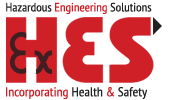

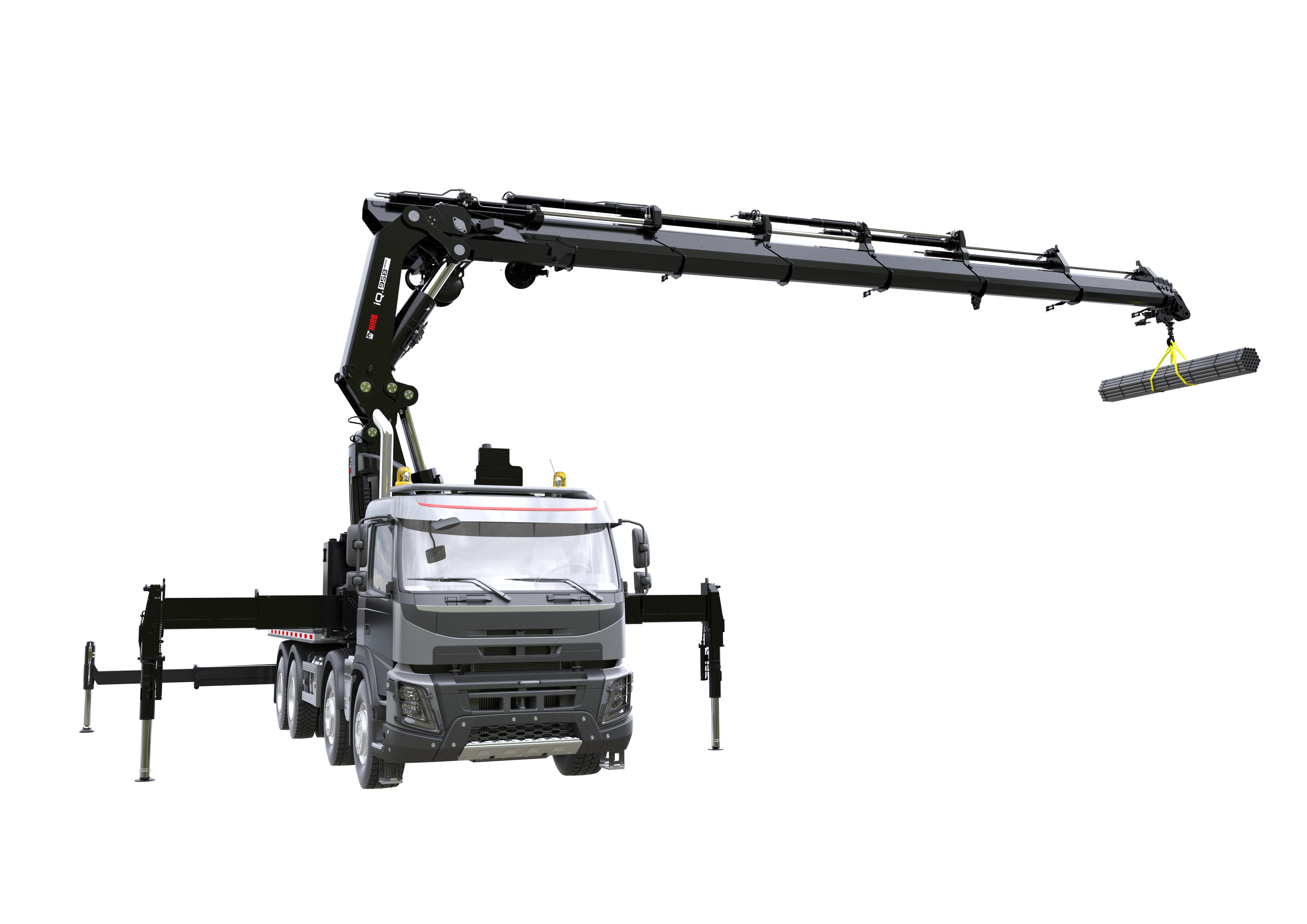
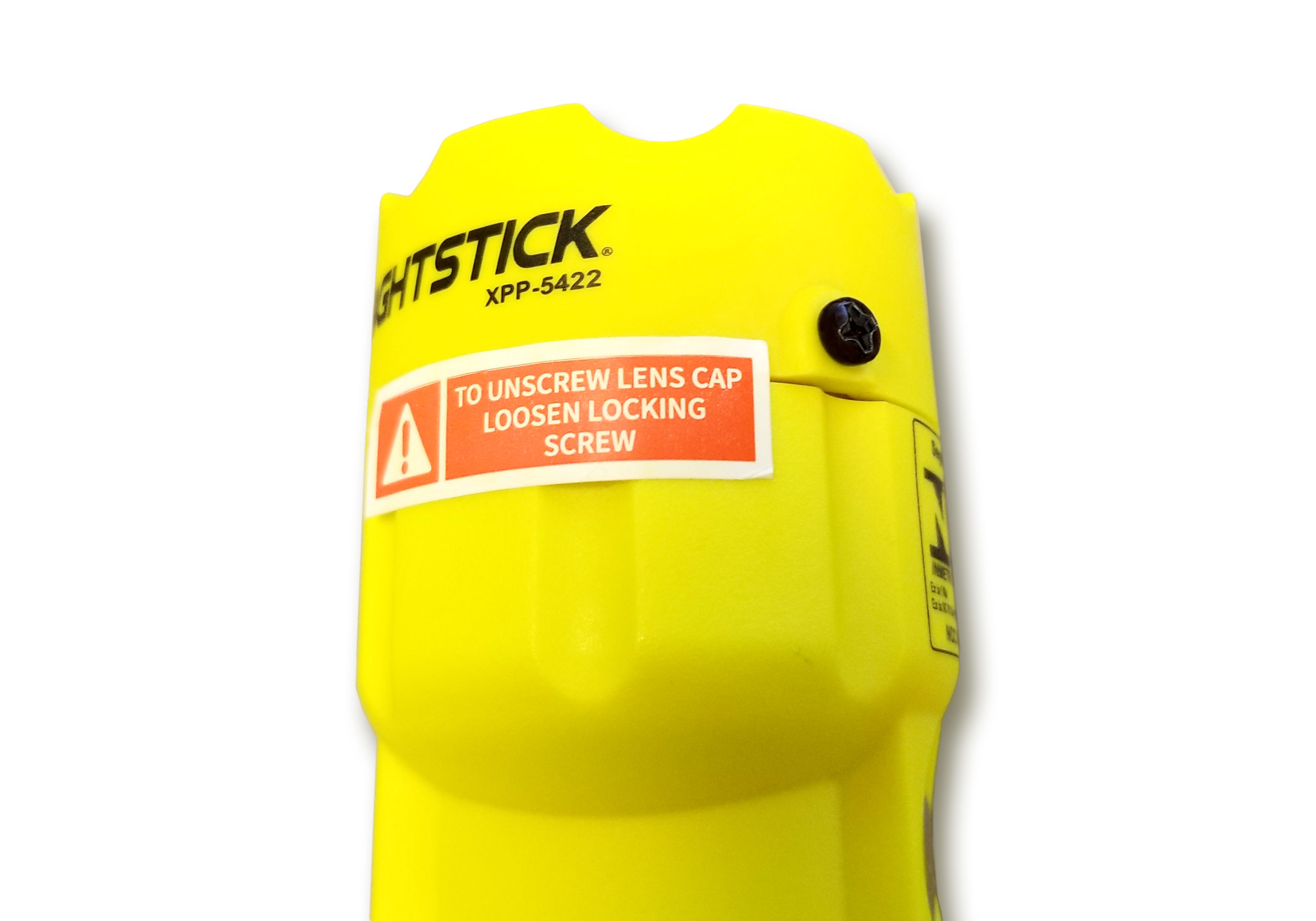
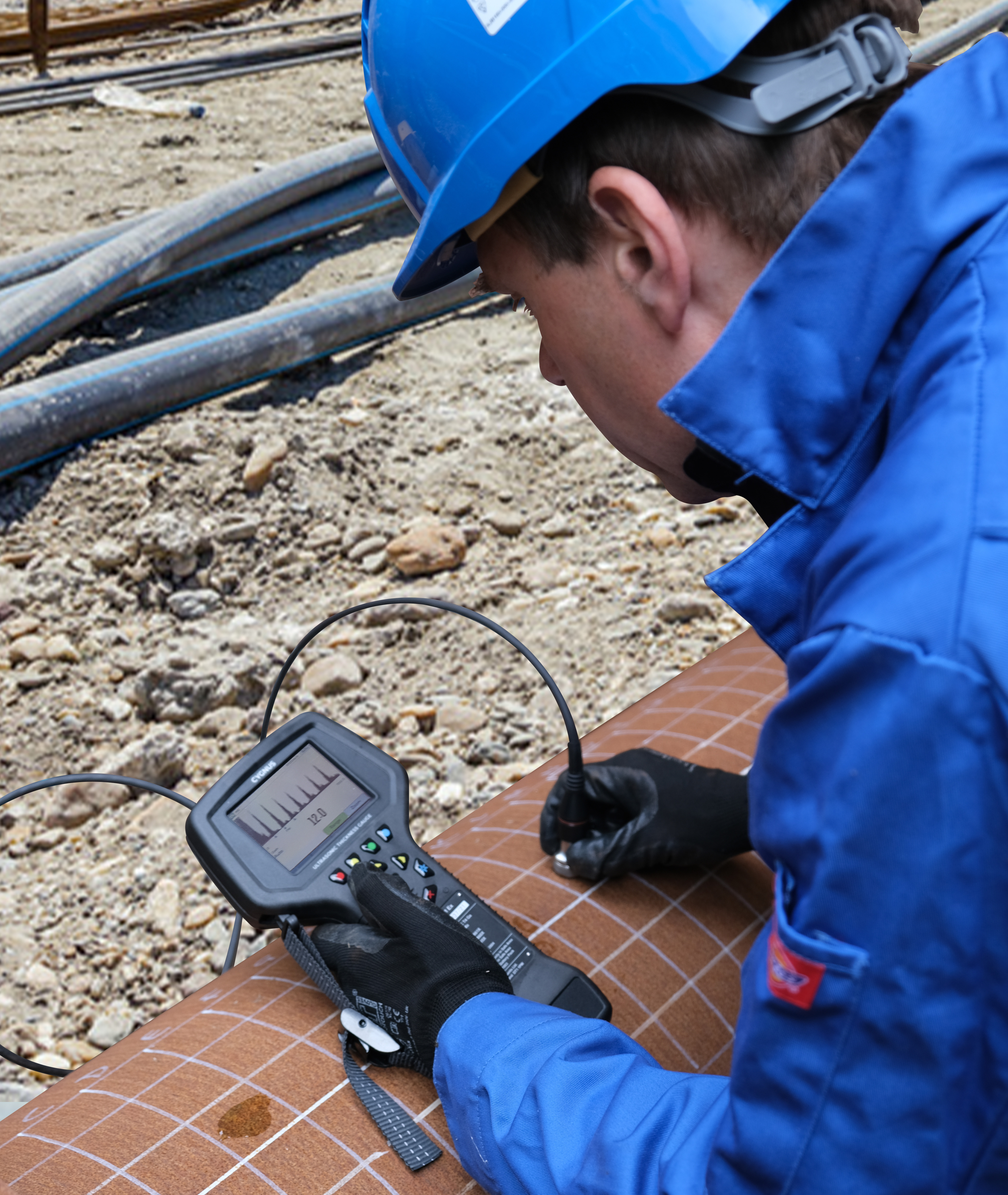


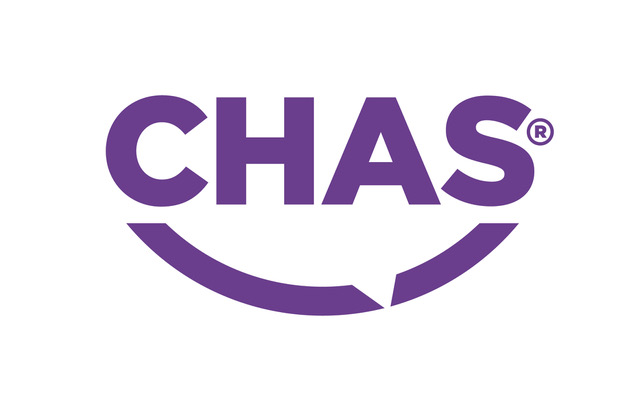
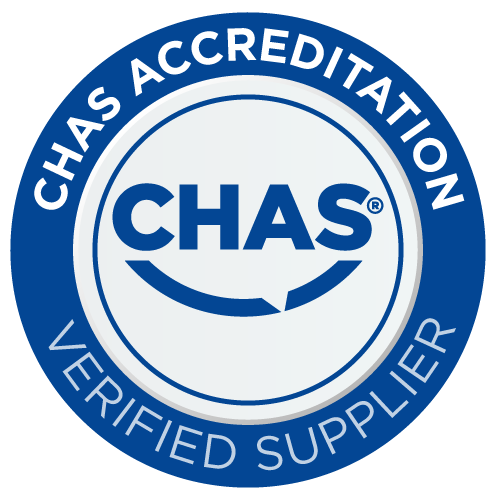
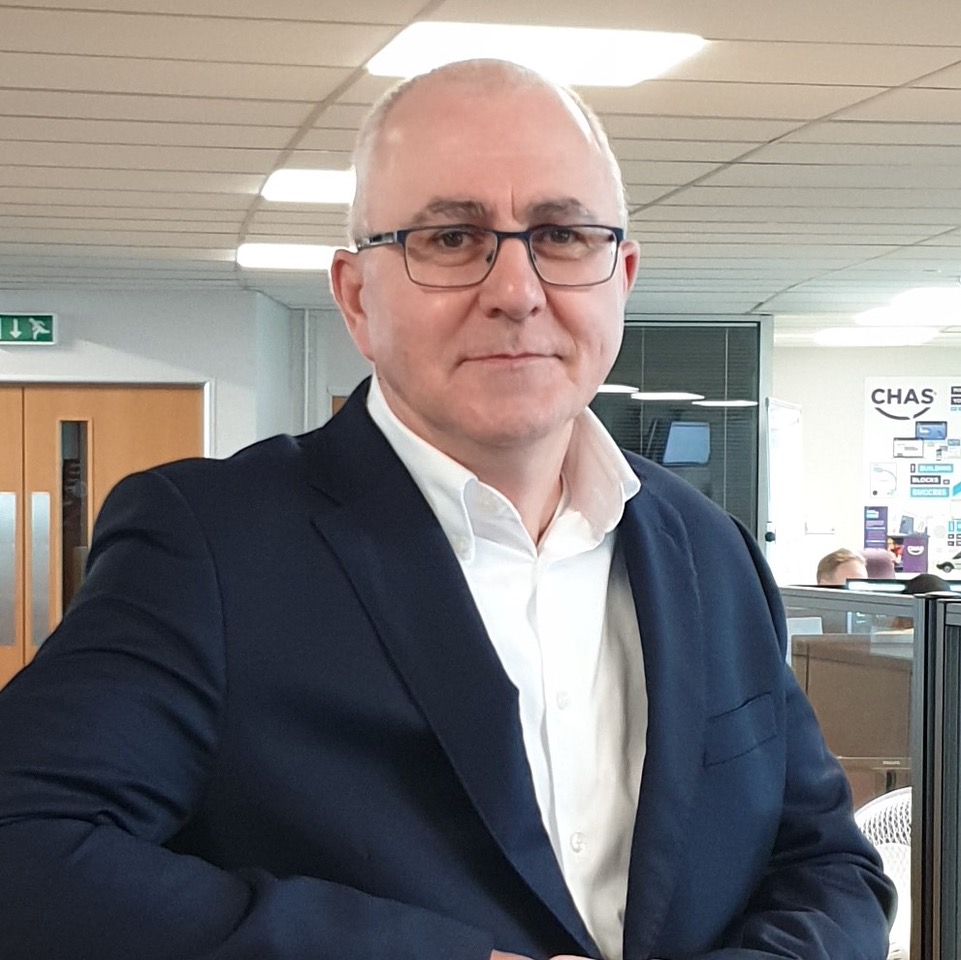 Donations from Merton-based supply chain compliance expert, CHAS, are helping fund
Donations from Merton-based supply chain compliance expert, CHAS, are helping fund